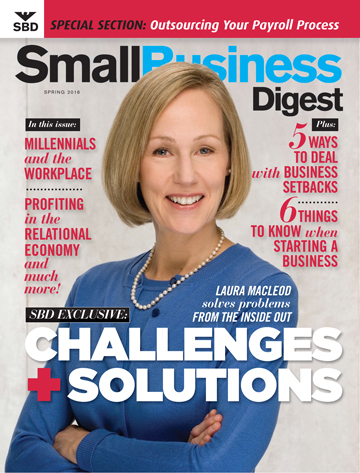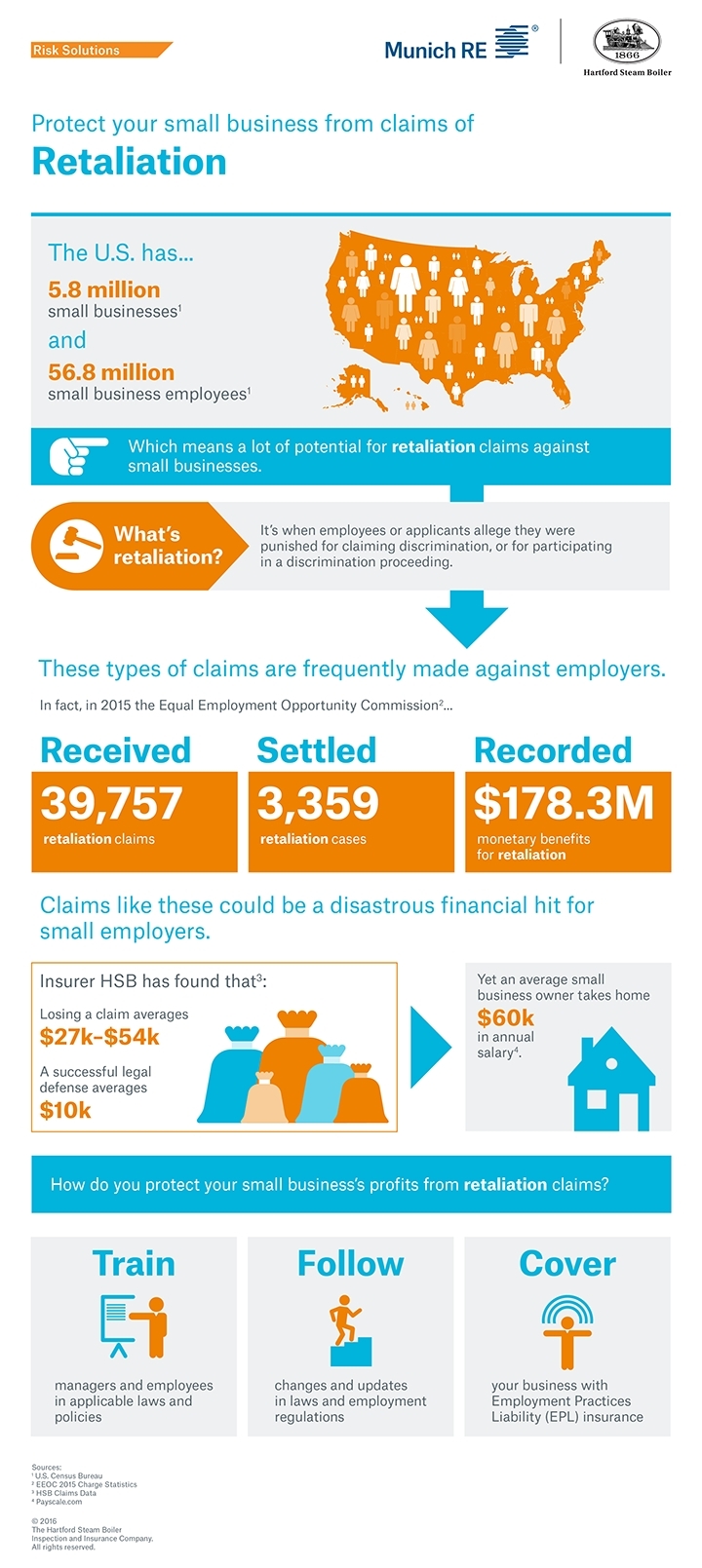Bridging The Healthcare Labor Gap
 The U.S. healthcare worker shortage crisis is expected to intensify as waves of baby boomers retire but fewer workers remain to replace them.
The U.S. healthcare worker shortage crisis is expected to intensify as waves of baby boomers retire but fewer workers remain to replace them.
According to the U.S. Census Bureau, the number of American workers 65 and over is expected to increase 75 percent by 2050 while those 25 to 54 will likely increase only two percent.
According to Lynn Schroeder Vice President, Client Relations of The Council of Adult and Experiential Learning (CAEL) retaining employees will be critical if companies in health care are to ensure they have the workforce they need to succeed.
Plainly, there is a premium on retaining an organization’s talent, and the time is now for companies to develop their strategy to protect against talent flight.
It’s important for employers to understand that employees do not leave their jobs because of money; in fact, they leave because they cannot see a viable path to advance within the organization.
The problem is particularly acute in health care because of the specific skills and training needed to qualify for open positions. Typically employees have little time to understand the job requirements and acquire the skills or training they might need so they can qualify for the position and apply. Thanks to new tools like interactive career maps, employees can understand their future within the organization and follow career path scenarios that also highlight the skills and competencies they will need along the way.
These tools help employees take charge of their careers while also taking the pressure off busy supervisors and managers who are likely not trained, prepared or even interested in having career conversations with employees.
For example, today’s interactive career pathing software like PathSavvy gives employees a detailed look at opportunities for advancement and development within the organization. Employees document their skills, education and interests, and are shown their percentage of match with other roles within the organization, as well as the gaps where they need improvement. The self-guided career exploration tool helps empower employees to chart a clear path to reach their goals, while also creating a personalized plan to help them enjoy a successful and fulfilling career.
HR and management in turn benefit from the use of career pathing software which generates data about employee skill level, interests and education, all of which can be useful for providing employee guidance and organizational workforce planning.
The data can help companies pinpoint skills gaps and identify talent they didn’t realize they had which can fill open positions. It can also help the company identify and maximize internal talent, taking the guesswork out of filling roles and aligning the right people with the right jobs.
As the number of older Americans continues to rise, they will increasingly be leaving the healthcare workforce and require more medical care which will place an enormous burden on the nation’s healthcare delivery system. Employers who are committed to working with employees to develop a clear path forward within the organization will be rewarded by lower turnover rates and a future-ready workforce ready to meet the challenges of today—and tomorrow.
The Council for Adult and Experiential Learning (CAEL) is a nonprofit 501(c)(3) organization based in Chicago, Illinois that assists adults with their educational endeavors, finding practical ways to help them earn college credit for learning acquired through life and work experiences toward the completion of a postsecondary credential.




